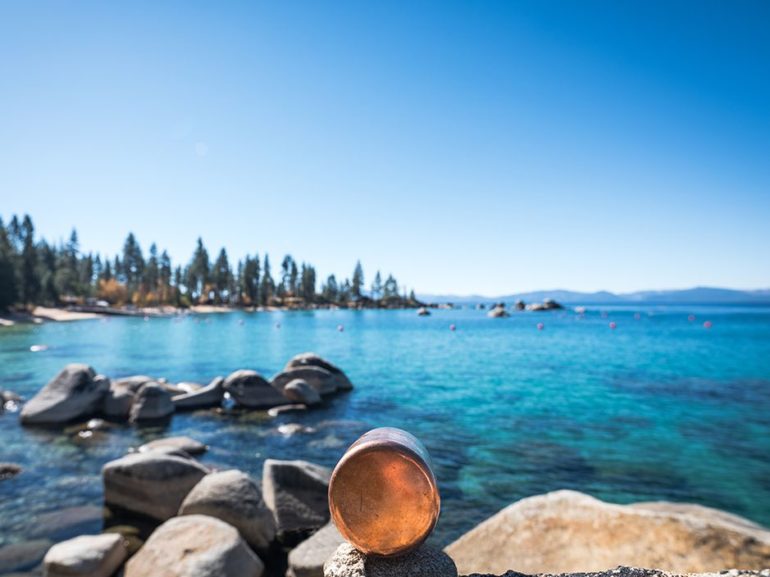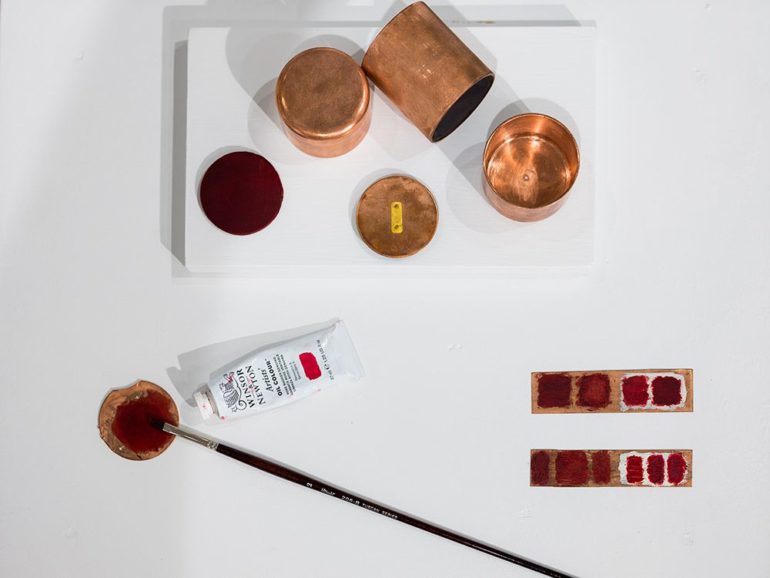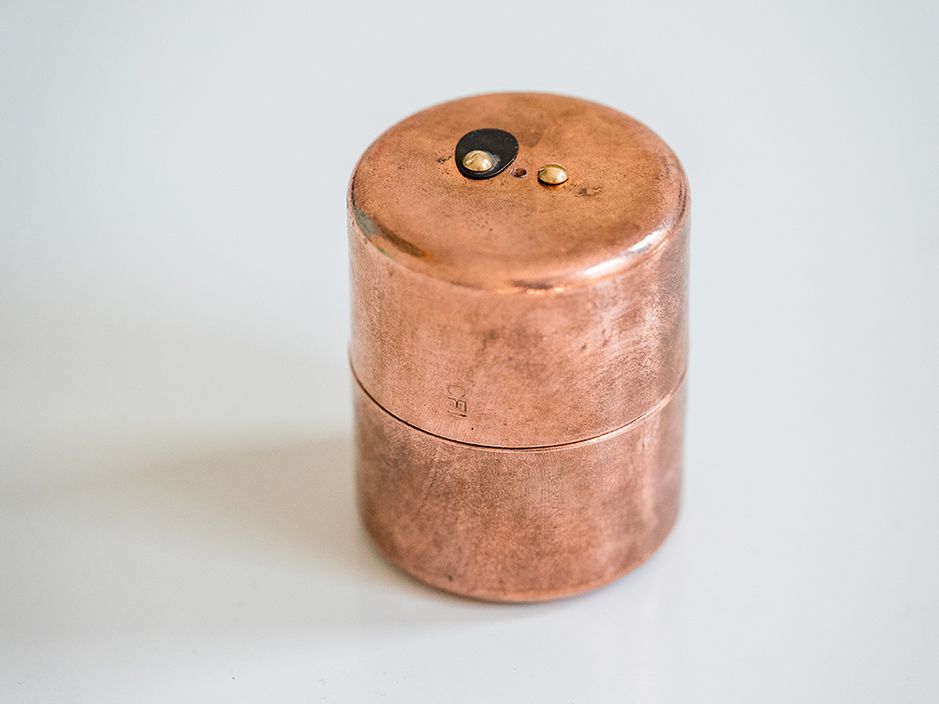The “Millennium” pinhole cameras installed by Jonathon Keats will reveal the long-term effects of climate change to generations 1,000 years ahead.
How’s your photography project going? You’re probably doing a long-term documentary photography series, or maybe a collection of street portraits. They will definitely take some time to complete, but surely not as long as the pinhole camera project of conceptual artist and experimental philosopher Jonathon Keats (yes, the brain behind the Berlin-based Century Camera Project). His large scale undertaking aims to capture the long-term effects of climate change in various locations across the US.
Above: All-copper millennium camera with pinhole aperture pierced through 24-carat gold. Photo by Ryland West/Jonathon Keats via Popular Science
Lake Tahoe is the third spot where Keats installed his millennium pinhole cameras in late 2018, with four cameras capturing different perspectives of the lake. According to the Tahoe Weekly, these were placed at Sand Harbor State Park on the East Shore, Eagle Rock on the West Shore, Heavenly Mountain Resort on the South Shore and Tahoe City on the North Shore. Keats encouraged people to look for these cameras, and said: “I want to get people to see these cameras in space and time, extrapolating futures, engaging the past and present.”

He previously placed cameras in Tempe, Arizona in collaboration with Arizona State University, and overlooking the Holyoke Mountain Range near Amherst College. While he only installed a camera each in the previous locations, he told Popular Science that the Lake Tahoe leg of the project is “the most ambitious in terms of scale, time and putting more cameras in to observe a larger space from more perspectives” and also when it comes to the level of community engagement.
According to My Modern Met, Keats also did site surveys with landscape photographer Ryland West to prepare for the installations. Aside from making his own documentation of the vantage points, West also shot digital pinholes to simulate the kind of imagery that the millennium pinhole cameras might produce.

As for the camera itself, Keats, of course, needed to design a camera with minimal moving parts and sturdy enough to last 1,000 years. The circular cameras are made entirely of copper, save for the pinhole aperture which was pierced through a small piece of 24-carat gold. Since photographic chemistry can’t be used, he sought inspiration from the Renaissance artists to create a photo-sensitive surface in the camera. He rubbed the inside of each camera with pumice to make the surface gritty then coated it with garlic. Once that coating dried, he painted a red pigment called rose madder, over it. The part of the surface that is exposed to the most light will get lighter and form the highlights of the image.
Keats talks about the project, as well as its previous iteration in the short documentary video below.
If the cameras make it to 3018 — Keats is well aware that a number of things could go wrong until that time — future generations will get to see the resulting images on display at the Sierra Nevada College. So yes, mark your calendars and pass on the details to future generations!


